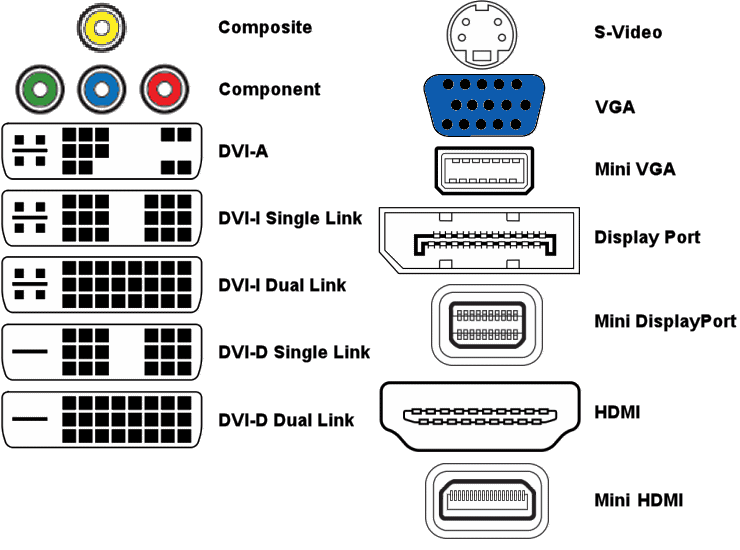A Pro Guide For How Pros Set Up the Perfect Surveillance Setup to Meet Your Safety Requirements
A Pro Guide For How Pros Set Up the Perfect Surveillance Setup to Meet Your Safety Requirements
Blog Article
When it comes to ensuring safety and safeguarding, selecting the right CCTV system is essential. CCTV television (CCTV) setups are commonly utilized for monitoring in various settings, including homes, businesses, and public areas. These systems help observe actions, discourage criminal activity, and offer important proof in the event of occurrences. Comprehending the various components and features of CCTV systems can help individuals and organizations make knowledgeable decisions that best meet their security requirements.
One of the initial factors when selecting a CCTV setup is the type of cameras needed. There are numerous types of cameras available, including dome devices, projectile devices, and PTZ (pan-tilt-zoom) devices. Dome cameras are often employed for indoor surveillance due to their discreet appearance, while bullet cameras are more visible and are typically employed externally. PTZ devices offer the ability to zoom in on specific areas and can be controlled from a distance. Assessing the particular environment and the areas that need surveillance will assist decide which type of device is most suitable.
Another crucial consideration to take into account is the resolution of the devices. Higher clarity devices provide sharper images, which can be critical for identifying people or features in a scene. Typical clarities include basic resolution (SD), elevated definition (HD), and superior definition (UHD). While higher clarity cameras may come at a increased price, they can significantly enhance the efficacy of a surveillance setup. It is also crucial to consider the illumination circumstances in the area being monitored, as some devices are more equipped to manage low-light situations than alternative options.
Storage choices are also a critical aspect of CCTV systems. Footage look at here recordings can take up a significant amount of storage, so it is essential to select a system with adequate capacity options. Many systems offer online storage, which enables for remote retrieval to footage and can offer additional safeguarding in case of burglary or damage to the tangible device. Alternatively, local options, such as digital video recorders (DVRs) or internet video devices (NVRs), can be used. Comprehending the storage requirements based on the quantity of devices and the desired retention duration for recordings is crucial for effective monitoring.
Finally, the installation and maintenance of the CCTV setup should not be ignored. Professional setup can ensure that cameras are positioned in ideal locations for best coverage. Additionally, routine upkeep is necessary to keep the system operating effectively. This includes checking camera positions, wiping lenses, and making sure that software is current. Some systems also offer remote surveillance features, allowing users to view real-time recordings from their smartphones or laptops. This feature can provide peace of mind and improve the general efficacy of the security system.
In conclusion, selecting the ideal CCTV system requires careful consideration of various factors, such as camera types, resolution, storage choices, and setup. By comprehending these elements, people and organizations can choose a system that effectively satisfies their safeguarding needs. A thoughtfully designed CCTV setup not only assists discourage criminal activity but also offers important evidence when needed, making it an essential expenditure for protection and safeguarding.